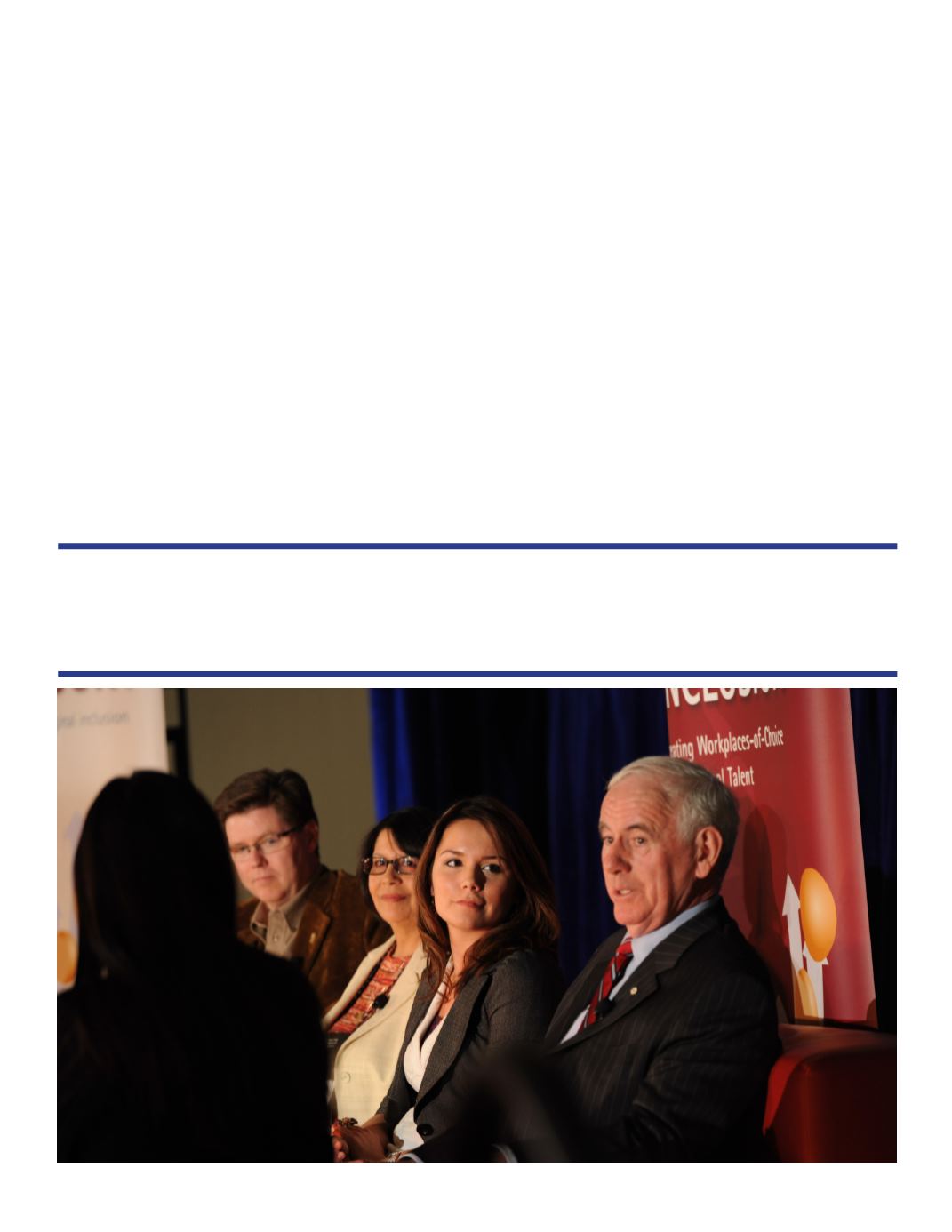
ing prosperous partnerships that translate
into employment, business and corporate
social responsibility investments in Aborig-
inal communities.
OVERCOMING KNOWLEDGE
GAPS AND MISPERCEPTIONS
“Employment matters. Both Aboriginal
and non-Aboriginal people need a career
path. They need to develop their full hu-
man resource potential. One problem is
the enormous knowledge gap in this coun-
try, which gives rise to misperceptions and
negative stereotypes,” Lendsay said.
The media is full of negative stereotypes,
which do little to propel Lendsay’s vision
of prosperity and progress. Historical data
spells out statistics that lie in the extreme
negative end when it comes to poverty,
education, unemployment and health for
Aboriginal people. However, according to
Lendsay, the past 20 years have witnessed
emerging positive trends with more Ab-
original people going into post-secondary
education, increased employment and
more involvement in entrepreneurship. In
fact, the 2006 Census revealed more than
37,000 self-employed Aboriginal people in
Canada, up from just over 27,000 in 2001
– an increase of 38 percent. During this
time period, the rate of growth for self-em-
ployed Aboriginal people was more than
“We have taken a national approach to garner and amplify change that works
at the local, regional, provincial and national levels.”
6
business elite canada
H
OCTOBER 2016


